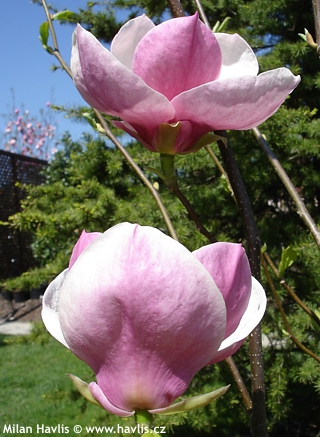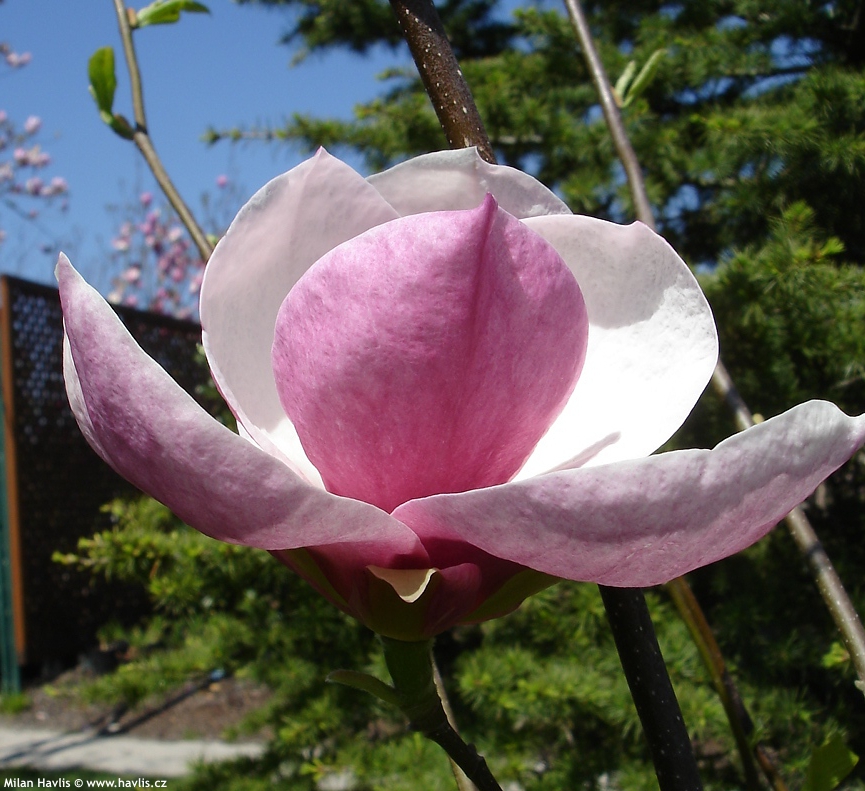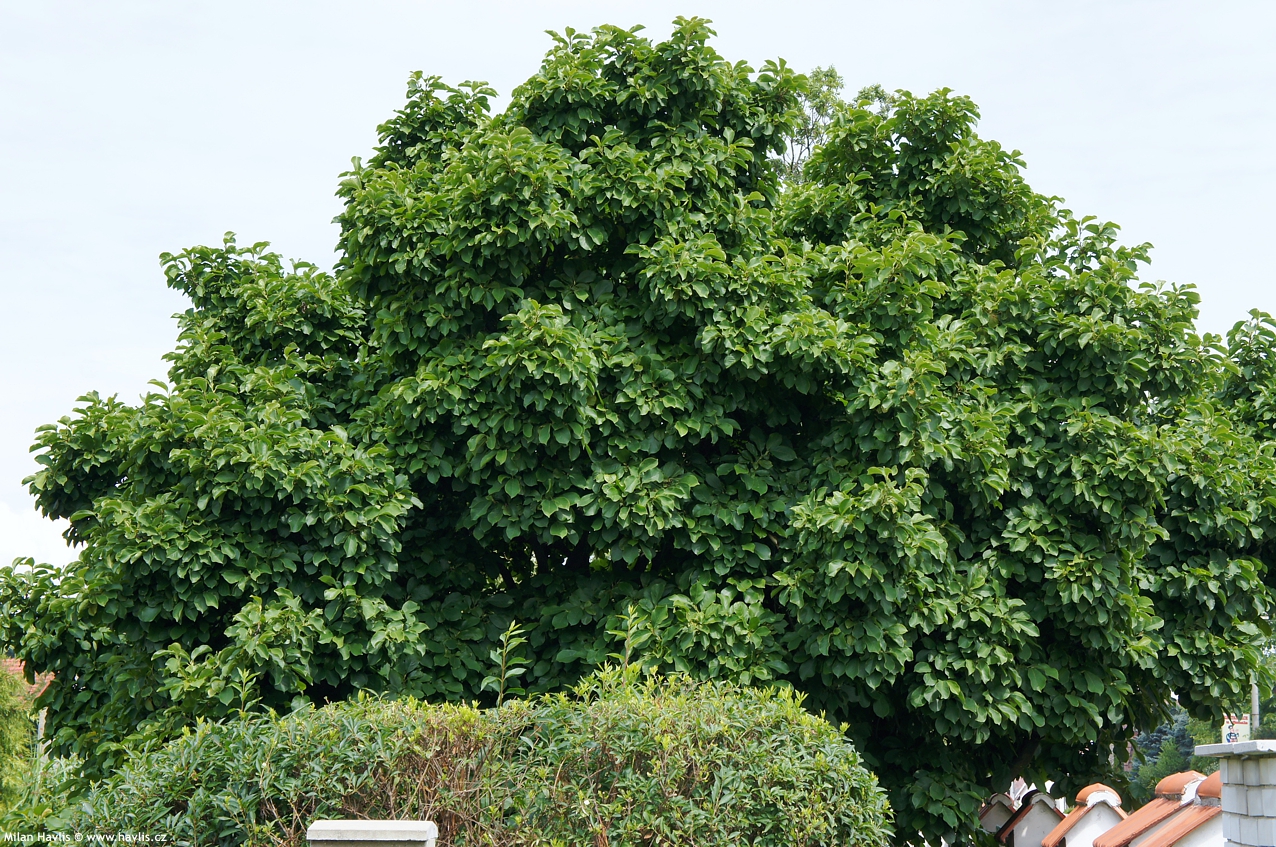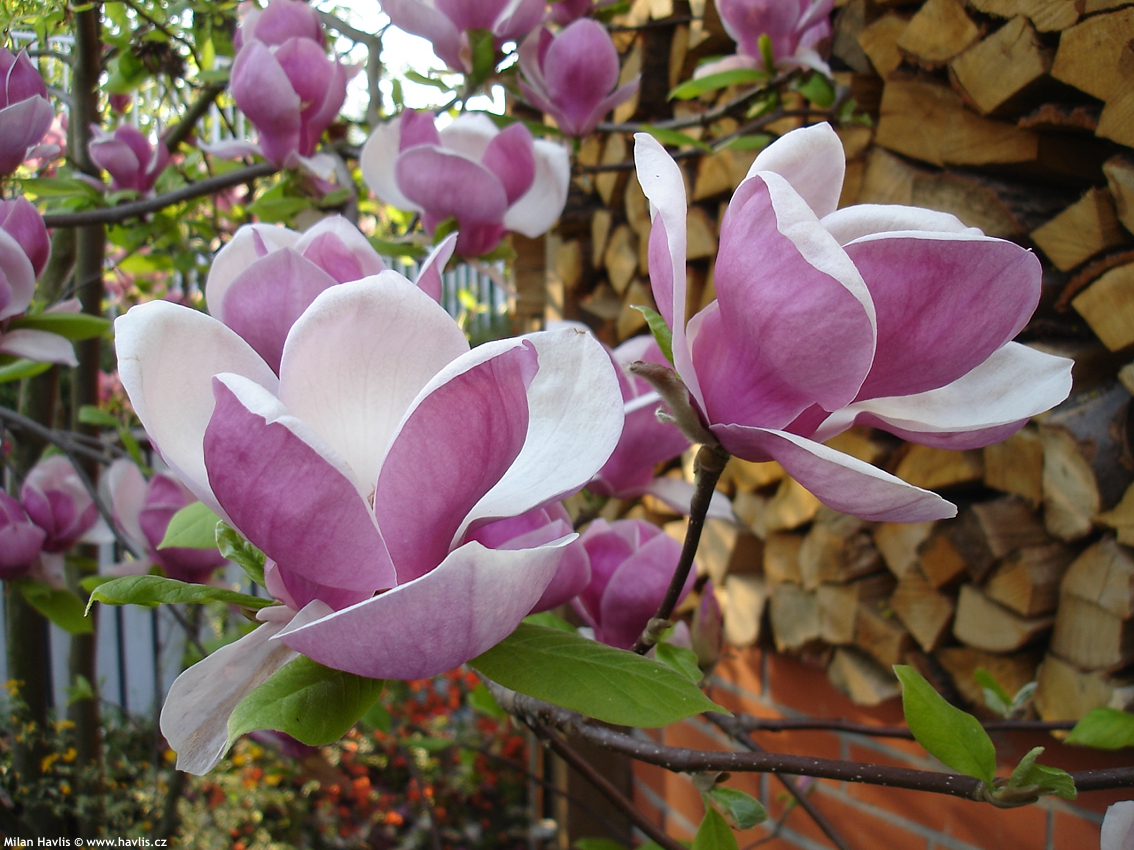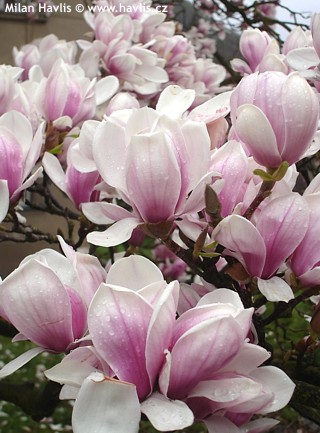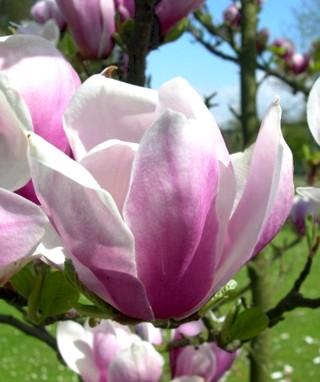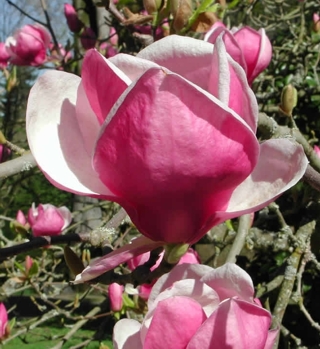Magnolia x soulangeana 'BIG PINK' magnolia
Big Pink is a magnolia originating in Japan in 1990. It was sent to Overlook Nurseries in Alabama, USA, where it was propagated and sold. Being similar to another soulangeana variety from France called Alexandrina (1955), much more famous and popular, it was sold under its name for some time. Possibly with the help of internet and availability of quick information this stopped a few years later and plants of provable origin from mother plants grown by K. Sawada from Japanese cuttings are sold as Big Pink.
Its flowers boast large size, 18-20 cm across, strong and pleasant fragrance, cup-shaped form, magenta pink petals on the outside and almost white inside. Blooming begins 1-2 weeks later than m. x soulangeana giving it a good chance to escape late frosts. Young plants, especially in pots, have paler flowers and their tone darkens when they are fully established. Deciduous leaves are large, obovate, medium green. Big Pink grows moderately into a large, spreading shrub or mid-sized tree with a spreading canopy. It often reblooms in midsummer and the purple-pink flowers do not open completely which looks quite picturesque on the background of dense foliage.
Magnolias are not supposed to be pruned. You can prune old shrubs if ill, or trim them to shape or to reduce size, or make an elementary cut to young plants of unsightly or unhealthy appearance. Do this as soon as possible after flowering to secure setting of flower buds for the following year. Be aware that each magnolia can respond differently to pruning.
Deciduous magnolias are quite easy plants. All they need is light, well-drained, acidic soil with equal moisture throughout the year. Once established they can do with occasional drought but will not look as nice as the ones with regular watering. Just pay attention to how you plant your magnolia. First, find it a spot where it will live forever and ever. It does not like transplanting. And as it makes shallow roots reaching well over its spread, stay away from disturbing the roots by digging or messing about around it. Just cover the soil with bark mulch and do not plant anything else near it after say the second year after planting onwards. You could damage the important top roots that absorb maximum moisture and nutrients from the soil. Also avoid planting magnolia too deep. Thus, you could be digging it a grave. Hardy to about -29 °C (USDA zone 5).
Last update 16-12-2020

































